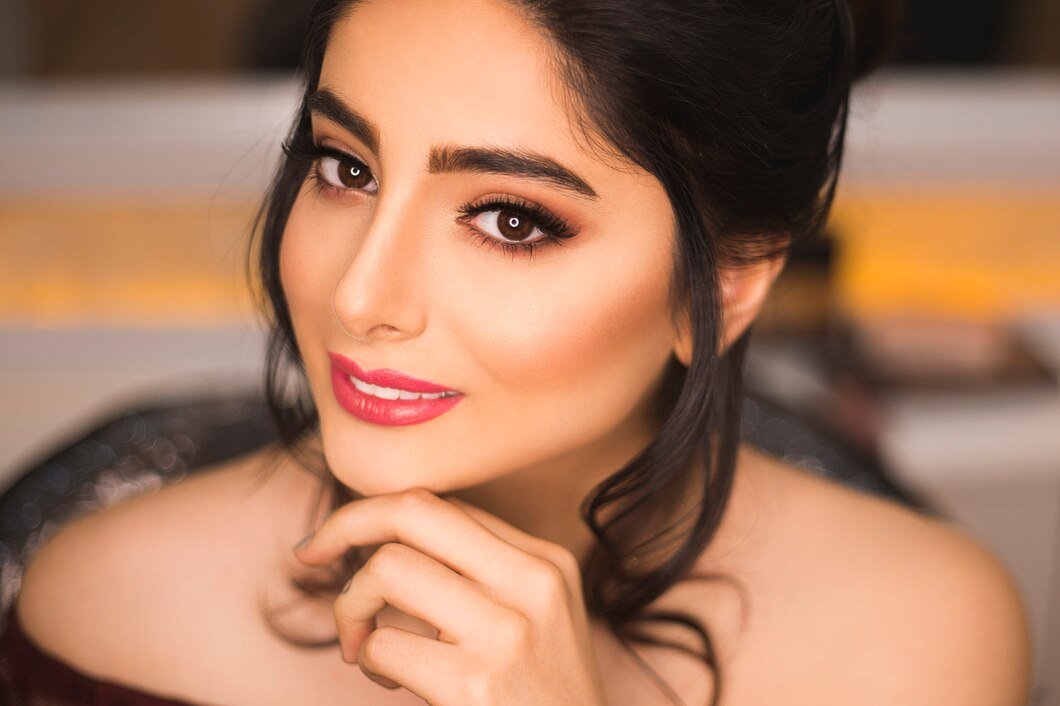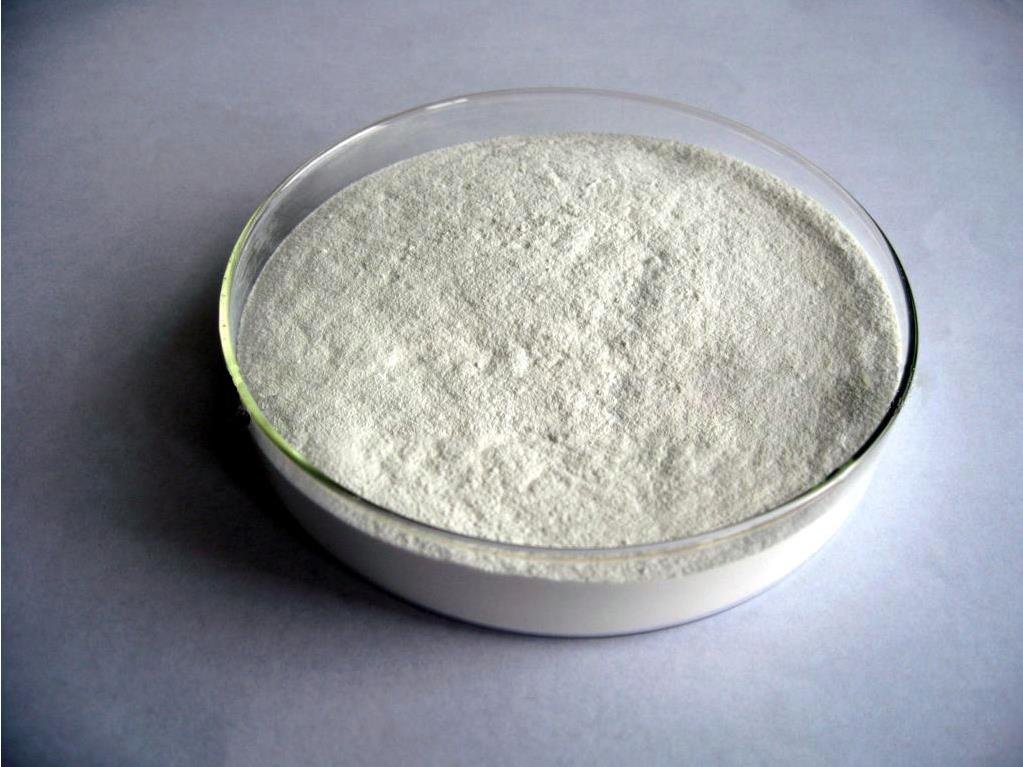When we talk about Indian beauty, we’re diving into a world rich in culture, tradition, and diversity. From the vibrant colors of sarees to the intricate patterns of henna, Indian beauty is more than just skin deep—it’s a celebration of history, heritage, and individuality. In this post, we’ll explore what makes Indian beauty so unique, the traditional practices that have stood the test of time, and how modern influences are shaping the beauty landscape today.
The Many Faces of Indian Beauty
1. A Melting Pot of Cultures
India is a land of incredible diversity, and this is reflected in the many different beauty standards and practices across the country. Whether you’re in the snowy mountains of Kashmir or the sun-soaked beaches of Kerala, you’ll find that Indian beauty is as varied as the country itself.
- North India: In the northern regions, fair skin is often prized, and traditional attire like lehengas and salwar kameez are popular. The use of kohl to accentuate the eyes is a timeless beauty practice here.
- South India: Down south, darker skin tones are celebrated, and women often wear their hair long and adorned with jasmine flowers. The beauty rituals here often include the use of natural ingredients like coconut oil and turmeric.
2. The Influence of Ayurveda
Ayurveda, the ancient Indian system of medicine, has a significant impact on beauty practices in India. Rooted in natural ingredients and holistic health, Ayurvedic beauty treatments focus on nourishing the body from the inside out.
- Natural Skincare: Ingredients like turmeric, sandalwood, and neem are commonly used in skincare routines. These natural products help in keeping the skin glowing and healthy without the need for harsh chemicals.
- Hair Care: Coconut oil, amla (Indian gooseberry), and henna are popular for maintaining strong, lustrous hair. Regular oil massages are a common practice to promote hair growth and scalp health.
The Modern Twist on Indian Beauty
1. Fusion of Tradition and Innovation
While traditional practices remain a strong influence, modern Indian beauty is also embracing innovation. Today’s Indian beauty scene is all about blending the old with the new.
- Cosmetic Industry Boom: The Indian beauty market is booming, with a growing number of local and international brands catering to diverse skin tones and preferences. Brands like Lakmé and Forest Essentials are leading the way in combining traditional ingredients with modern science.
- Makeup Trends: Modern makeup trends in India are a mix of bold and subtle. Smoky eyes, winged eyeliner, and bold lip colors are as popular as the classic no-makeup look, which emphasizes natural beauty.
2. The Role of Media and Bollywood
Bollywood, India’s film industry, has a massive influence on beauty standards and trends. The glamorous looks of Bollywood stars often set the tone for what’s in vogue.
- Iconic Looks: Actresses like Aishwarya Rai and Deepika Padukone are not just admired for their acting skills but also for their beauty and style. Their iconic looks often inspire fashion and beauty trends across the country.
- Social Media Influence: With the rise of social media, beauty influencers and bloggers are playing a significant role in shaping modern Indian beauty. Platforms like Instagram and YouTube are filled with tutorials, product reviews, and beauty tips, making beauty more accessible to everyone.
The Timeless Appeal of Indian Beauty
1. Bridal Beauty
Indian weddings are known for their grandeur, and the bride’s beauty is always a focal point. Bridal beauty in India is a blend of tradition and personal style.
- The Big Day: On their wedding day, Indian brides often wear traditional outfits like sarees or lehengas, adorned with intricate jewelry and elaborate hairstyles. Bridal makeup is typically bold, with emphasis on the eyes and lips.
- Pre-Wedding Rituals: Rituals like the Haldi ceremony, where turmeric paste is applied to the bride’s skin, are part of the beauty preparations, believed to bring a natural glow to the skin.
2. The Power of Simplicity
While Indian beauty can be bold and glamorous, there’s also a strong appreciation for simplicity and natural beauty. The idea that beauty comes from within is a core belief in Indian culture.
- Everyday Beauty: For many Indian women, everyday beauty routines are simple and focused on maintaining healthy skin and hair. The use of natural oils, homemade face packs, and minimal makeup are common practices.
- Inner Beauty: In India, the concept of inner beauty is just as important as physical appearance. Practices like yoga and meditation are believed to enhance both inner and outer beauty by promoting mental well-being and a healthy lifestyle.
Conclusion
Indian beauty is a rich tapestry of traditions, practices, and influences that have evolved over centuries. From the ancient wisdom of Ayurveda to the modern glamour of Bollywood, Indian beauty is a celebration of diversity, individuality, and timeless elegance. Whether you’re embracing traditional practices or exploring modern trends, the essence of Indian beauty lies in the harmony between the old and the new.
FAQs
Q: What are some traditional Indian beauty practices?
A: Traditional Indian beauty practices include the use of natural ingredients like turmeric, sandalwood, and coconut oil for skincare and hair care. Ayurvedic treatments and rituals like oil massages are also popular.
Q: How does Bollywood influence Indian beauty?
A: Bollywood has a significant influence on Indian beauty standards and trends. The looks of Bollywood stars often inspire fashion and makeup trends across the country.
Q: What is the significance of bridal beauty in India?
A: Bridal beauty is a major focus in Indian weddings, with brides often wearing traditional outfits and jewelry. Pre-wedding rituals and elaborate makeup play a big role in preparing for the big day.
Q: How has modern Indian beauty evolved?
A: Modern Indian beauty blends traditional practices with contemporary trends. The cosmetic industry is booming, and social media has made beauty more accessible, with influencers and bloggers shaping the latest trends.










